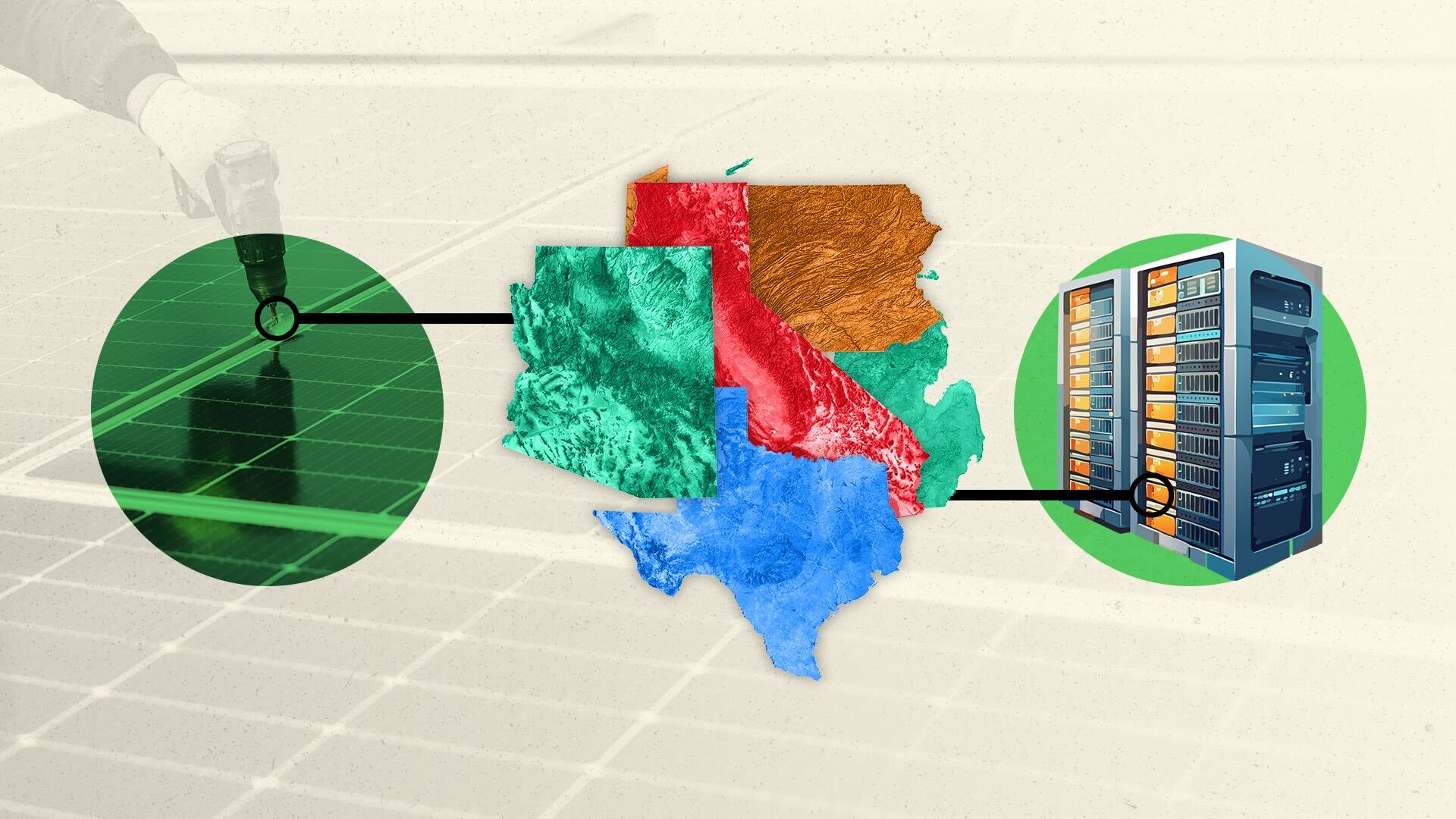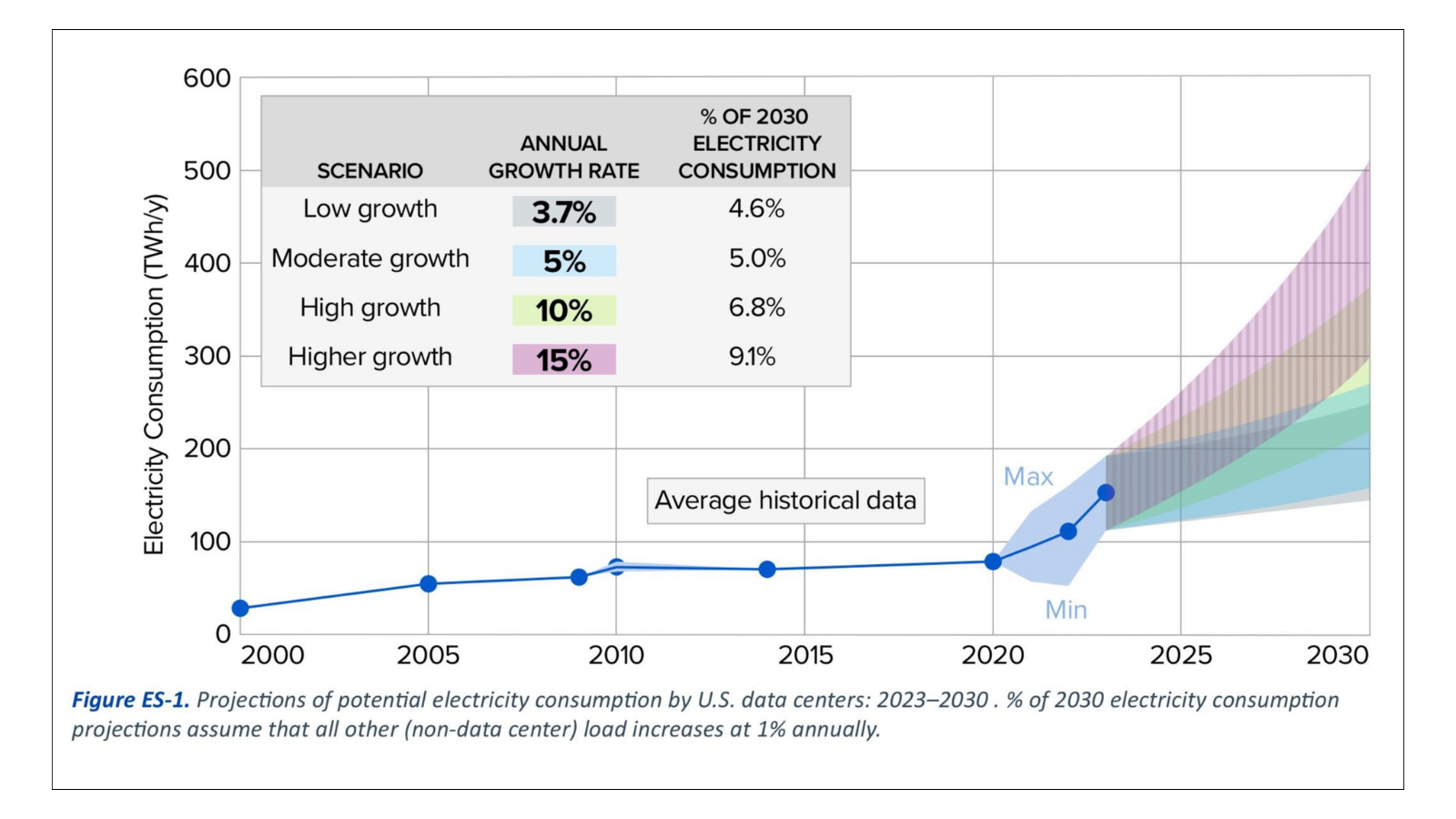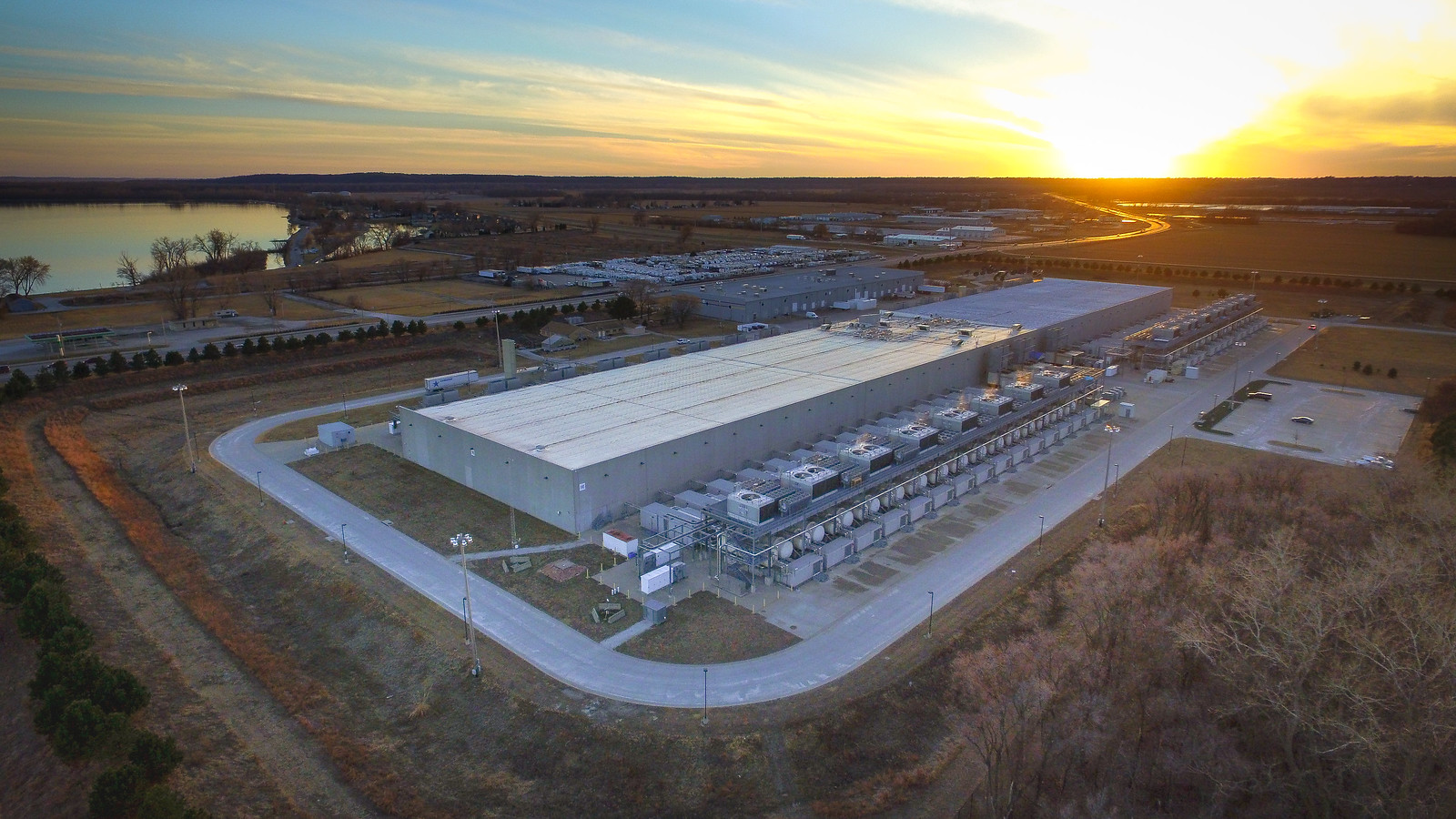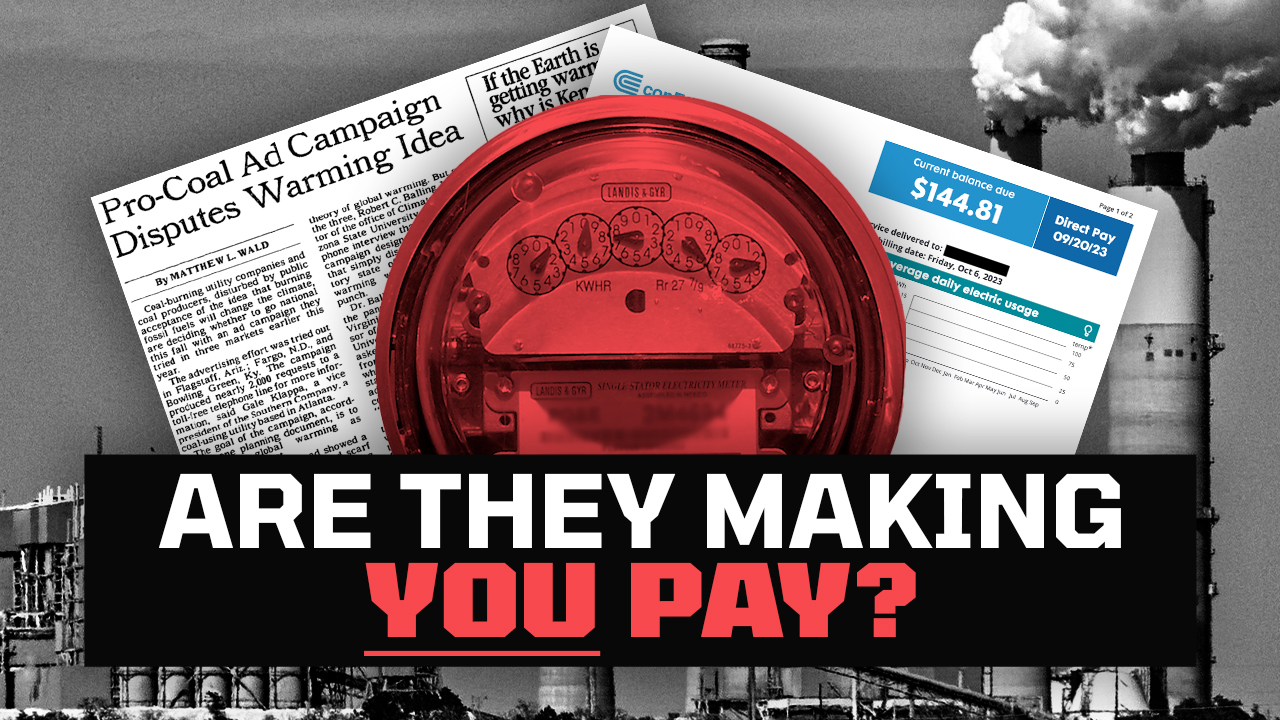4. “BYO clean energy” and efficiency requirements
States could also require new data centers to bring their own clean energy to the table. These requirements can either be set in legislation or as a condition for tax credits or other incentives. Behind-the-meter requirements would ensure that data centers are co-locating with solar or battery storage, reducing their overall energy needs, providing backup generation, and increasing their demand flexibility.
PJM has recently released guidance on how to site new load behind the meter of existing generation. This would speed interconnection by co-locating load and generation and reducing the need for grid upgrades.
Many companies have already seen the benefit of behind-the-meter generation. But some of these data centers are relying on dirty diesel or gas generators for on-site power. These are some of the dirtiest technologies around. By requiring behind-the-meter clean generation and storage, states can reduce fossil pollution in communities, along with the overall load growth that data centers cause.
It’s important to add that states can use their air permitting tools to require truly clean backup power rather than allowing more combustion generators. This is because air permit laws generally require the best technologies to be used, and those technologies, increasingly, are zero-emission battery storage options.
Energy efficiency requirements are also a key tool in keeping load growth manageable. Efficiency improvements reduce costs for tech companies and minimize the amount of new power they need to find to serve their project. ENERGY STAR and the U.S. Department of Energy both provide assistance on data center energy efficiency. States should set requirements for or condition their incentives on energy efficiency.
Why Do We Need More Transmission Lines?
It makes sense to require tech companies to solve the load growth problems they are creating by procuring their own renewables. But without transmission buildout and faster interconnection, these clean energy projects will take too long to come online. Speeding overall transmission deployment is the best way to prevent AI from blowing a hole in the clean energy transition.
If three pillar requirements don’t go into force everywhere, we can still help get more clean power online by proactively building more transmission and clean energy around the country. That will help states to stay ahead of load growth and make sure there is enough new clean energy to meet all this demand and reduce pollution from existing fossil fuel power plants.
States have a vital role to play here. Governors and utility regulators can pressure or require grid operators and utilities to plan transmission lines and speed up interconnection queues. Legislators can also reform renewable energy and transmission siting, as states like Michigan and New York have done. Instead of waiting years to build new transmission infrastructure, state utility regulators or legislators can also require utilities to study or deploy grid-enhancing technologies and reconductoring to get more capacity out of the existing grid.
Legislators can also create shared savings mechanisms for these technologies, so that their deployment is in utilities’ financial interest. States with existing clean energy standards and annual renewable energy credits (RECs) can also build momentum toward 24/7 clean energy by pioneering hourly matching requirements and time-matched RECs. There’s no transition without transmission.
Will AI Accelerate or Hinder the Clean Energy Transition?
The rise of AI is creating challenges for the energy transition, as some fossil fuel plants are being extended to meet data center demand. But this isn’t some natural, inevitable process. It’s a choice by tech companies and utilities, one that states can reshape by insisting that tech companies take real responsibility consistent with their own green corporate pledges.
There are two paths ahead. In one scenario, policymakers do nothing, allowing utilities to justify a boom in new gas funded by their customers. In this world, our clean energy targets are increasingly out of reach and even well-meaning states fail to achieve their climate deadlines.
In the other world, policymakers require tech companies to live up to their green promises. Here, large tech companies embrace the opportunity to unlock new clean energy to solve the problem their growth has created, allowing states and the country to pursue the path to 100 percent clean energy and lower energy bills. In this scenario, we get to enjoy the benefits of AI innovation while still living in a safer climate future. Which route we take is up to us.







